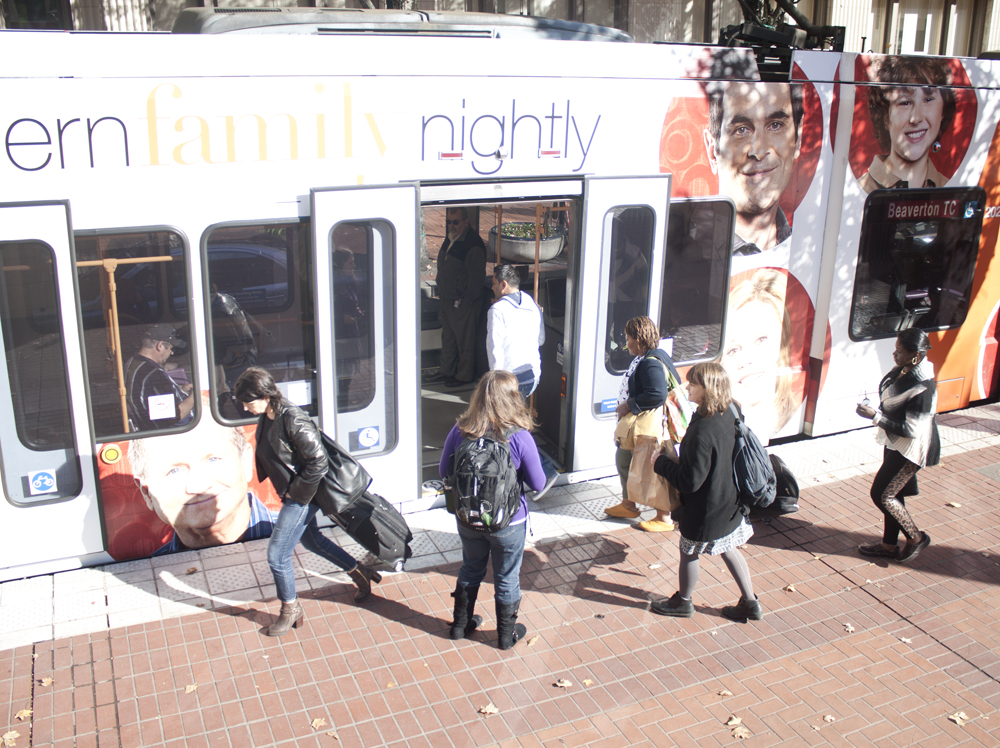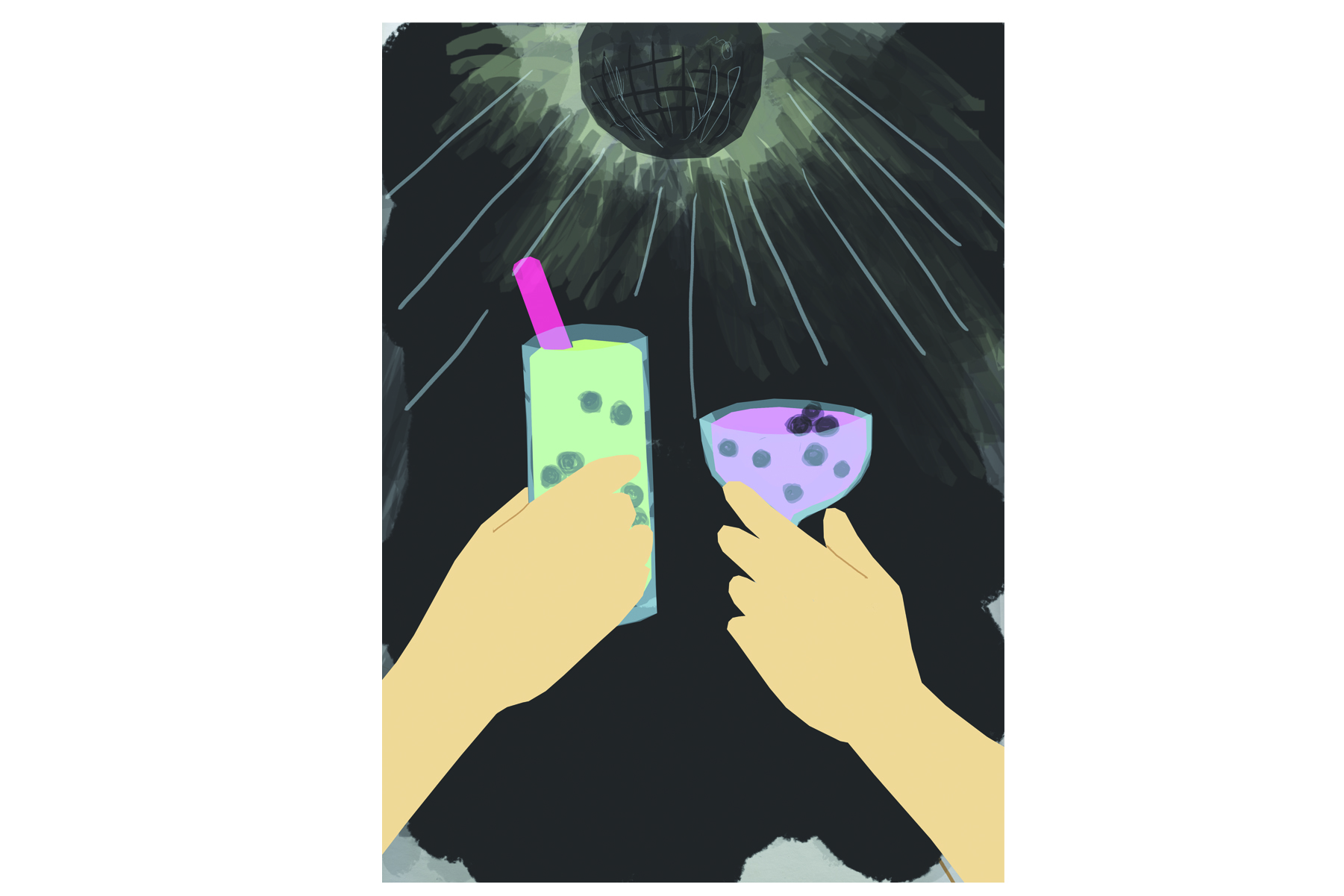Vortex 1
If you’ve ever found yourself wondering about the huge population of hippies in Oregon, you have got to read “The Far Out Story of Vortex 1.” The author, Matt Love, dives deep into historical documents, ancient newspaper articles, and oral interviews in an attempt to explain one of the strangest events in Oregon’s wild history. If you ask around, not many people will even know what Vortex 1 was or why it took place, but when it happened the Pacific Northwest stood still and refused to exhale. Simply put, “Vortex 1: A Biodegradable Festival of Life” was the only state-funded sex, drugs and rock ‘n’ roll party in U.S. history. In 1970, 100,000 people hitchhiked and drove their beaters to Milo McIver State Park outside of Estacada to party and define what we know now as the classic dirty Oregonian hippie lifestyle.
You get the CD spinning, some incense burning, crack the book open and you’re there, man, totally digging the scene. All of a sudden patchouli oil isn’t so offensive on the city bus, you might smoke a joint, go hot springing naked with strangers and, of course, give peace a chance.
Then something happened that no one could have ever imagined. A couple hippies drove to the capital building in Salem and proposed a rock festival to literally “give peace a chance.” McCall, who became a monument because of his radical legislation, making all of Oregon’s beaches open to the public and coining the phrase, “visit Oregon, but please don’t stay,” had yet to make a real splash and solidify his governorship.
When the hippies came to the Republican governor they asked him for a big public space for the festival. He offered them a state park, then turned and said, “I’ve just committed political suicide.”
As if approving the hippie rock festival wasn’t enough, the governor appeared on television to promote Vortex 1 and to “avert and avoid … bloody violence.” Further along in his emergency broadcast McCall described the festival as “a conscious and direct response to the problem … a safety value, as a defusing mechanism.” He urged young people to attend Vortex 1.
Nearly 100,000 people showed up to Vortex 1 to camp, eat free food, listen to live bands, do drugs, drink and dance – and all of it was totally free and open to the public. Although many Oregonians refused to support the hippie rock festival, countless others worked together to make it happen. Even local timber companies donated lumber for the stage. Vortex 1 is probably the finest example we have in history where citizens and government gave peace a chance, and it worked.
You can find The Far Out Story of Vortex 1 at Powell’s Books.





